Arthouse1
45 Grange Road
London
SE1 3BH
United Kingdom
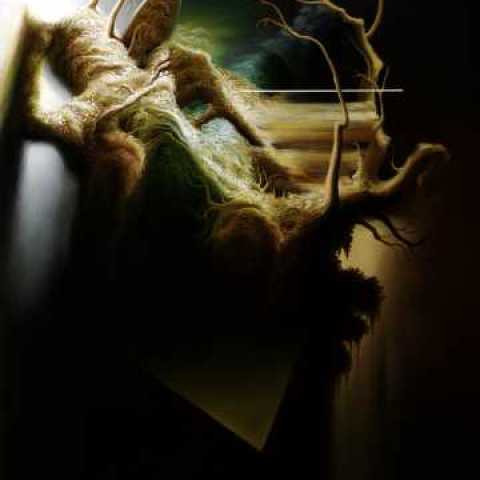
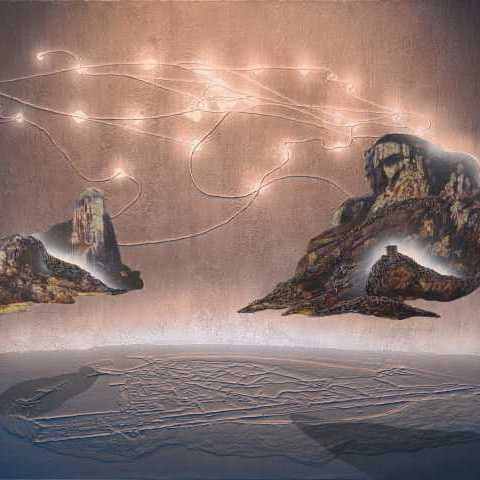
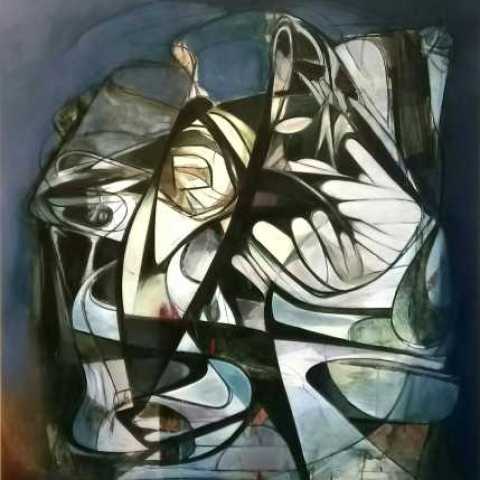

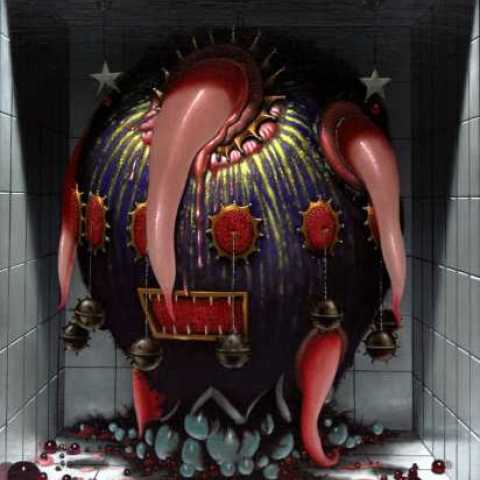

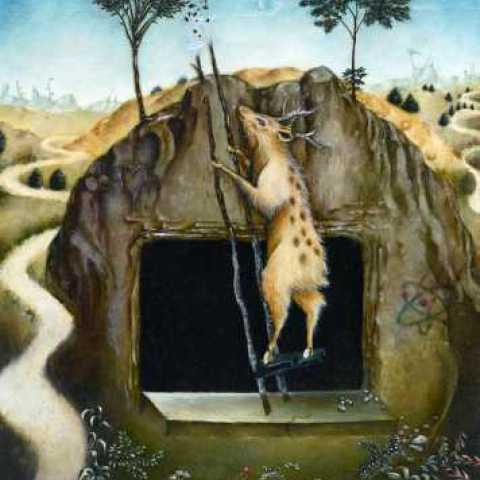
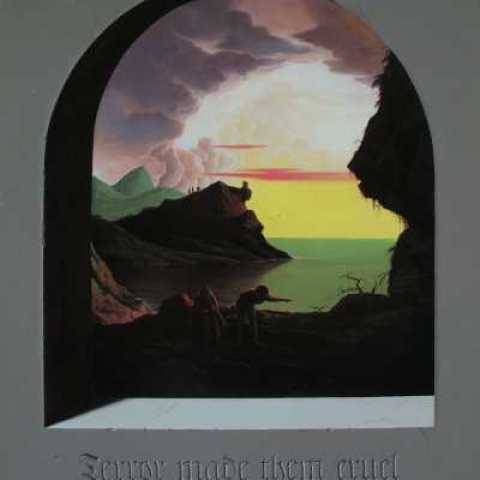
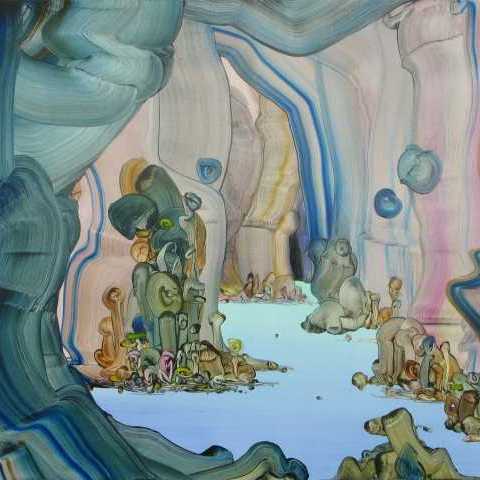

From the very early days of painting, artists have translated light into paint, and have manipulated both to describe form, depth and mood. From the stark chiaroscuro of Rembrandt and Goya to the vibrant neon forms of Roberto Matta’s paintings from the 50s, light has not just been a subject, but has formed the very structural essence of painting.
Borrowing the title from the eighties music band Bauhaus, Easton and Hawtin use the title paradoxically to ask the questions, ‘where would we be without natural light, and do we even need it nowadays?’ querying if our relationship to light is now not just located in the global geographic territories of night and day, but how electric lighting illuminates at our whim, ensuring that we are no longer tied to the diurnal cycle. The light we recognise now may not be from the external geo-space but from the internal, introspective light of the screens that accompany us everywhere. The light of the sun, the original primary light source, has now even become a problem we need to control in order to better view the new light we have created. This exhibition explores how our relationship to light in the world has been affected by these changes and how painters have responded to these new optical conditions.
The exhibiting artists all explore notions of light within painting. Looking back to great masters of light from the Baroque period such as Caravaggio, Vermeer and Rembrandt; to the Romantic paintings of Turner, Friedrich and Grimshaw; all had a commonality, transforming paint to light and vice versa, although each adopted their own inventive and diversely different methods, and did so with dramatic intensity.
